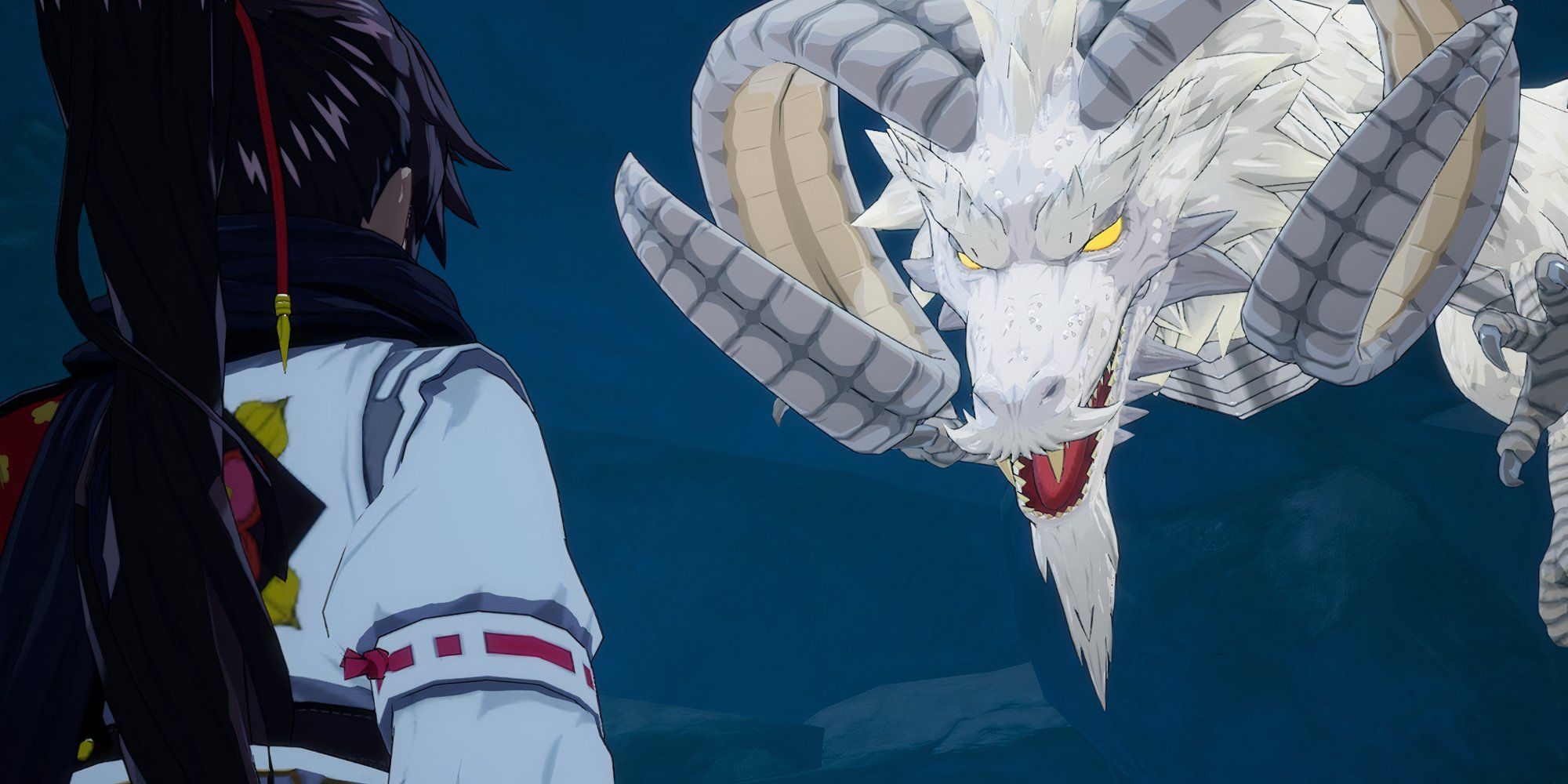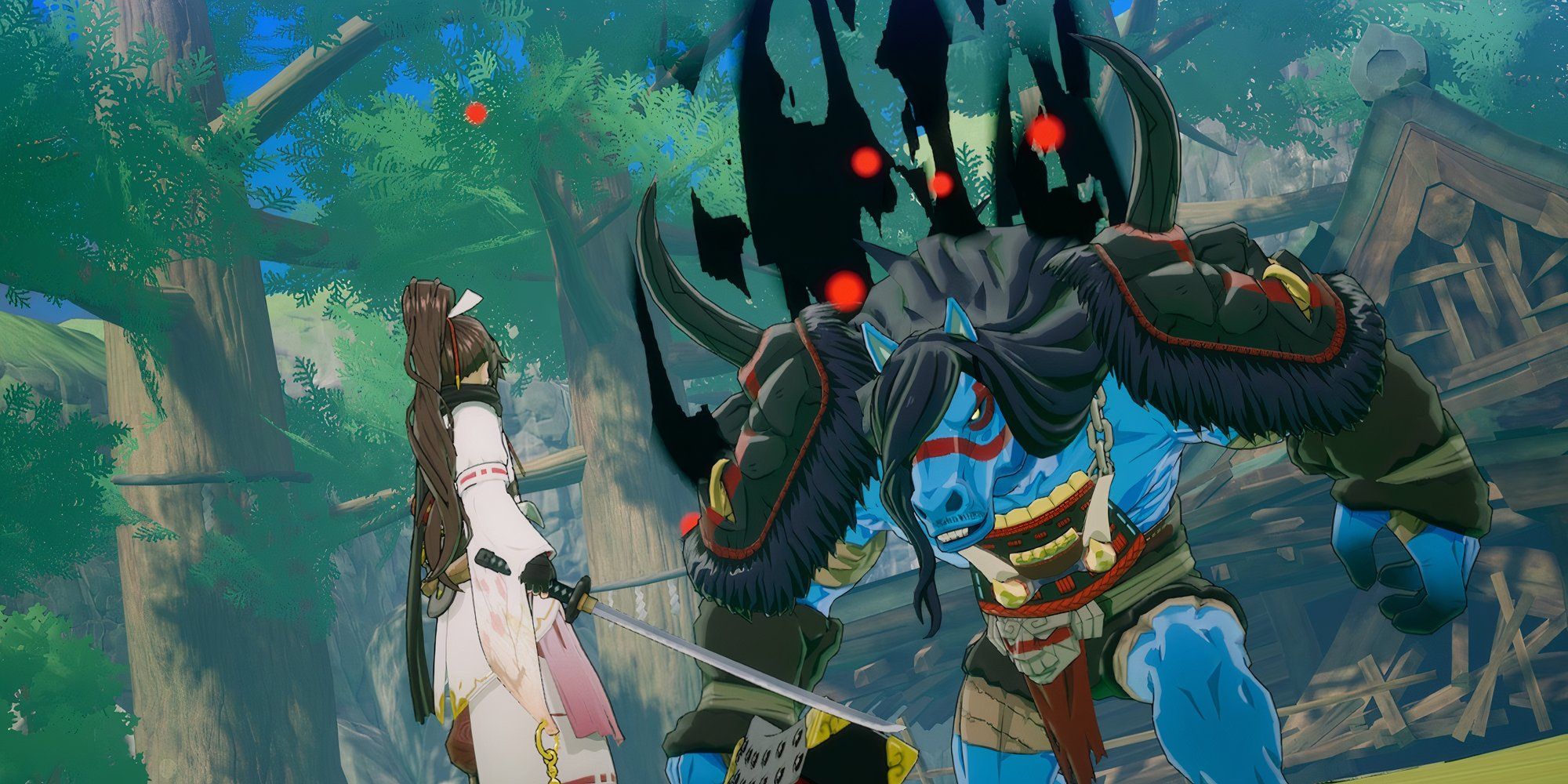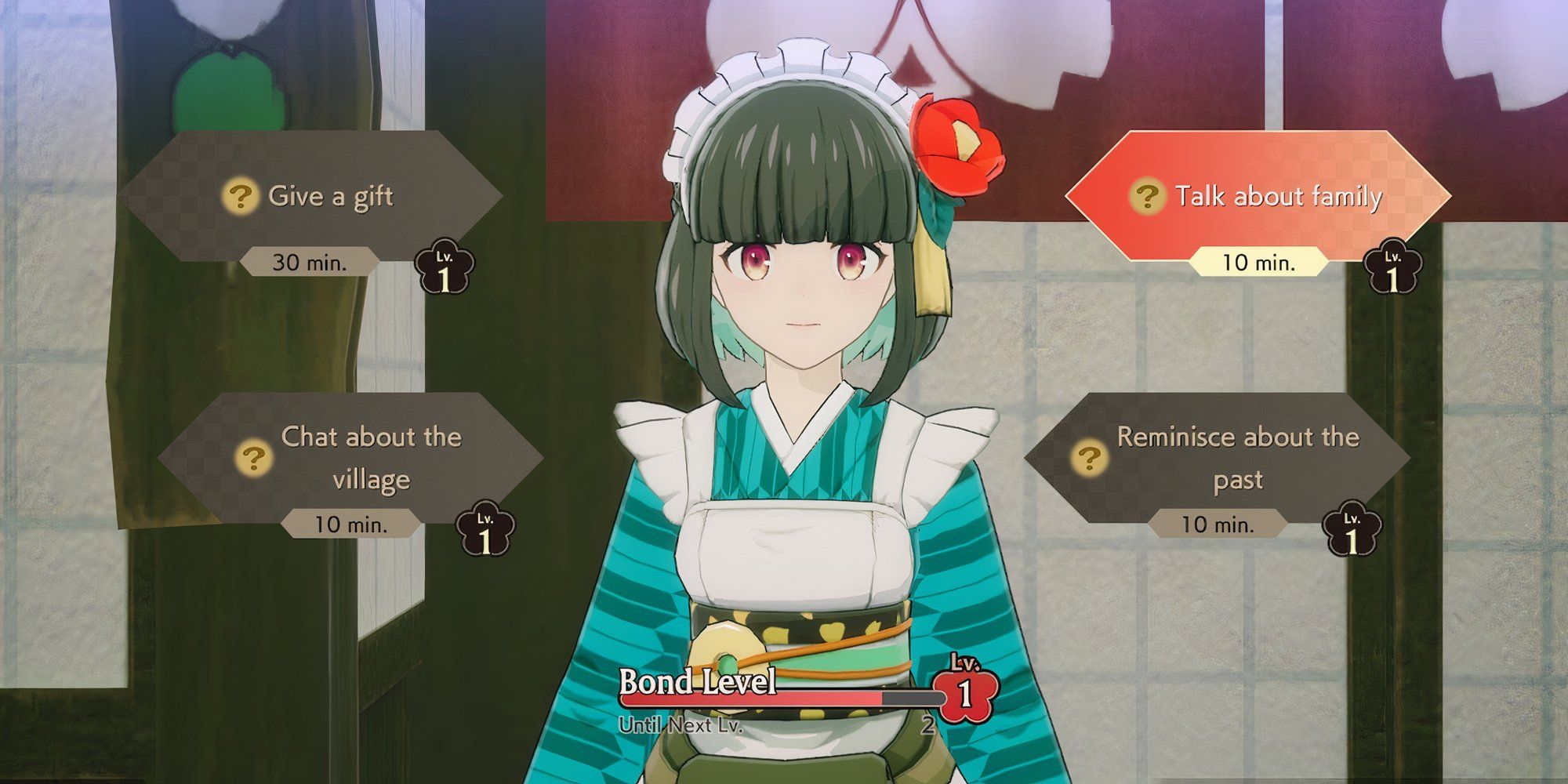Review: Building and Decorating Villages in Rune Factory: Guardians of Azuma

The latest addition to the Rune Factory franchise has arrived with Rune Factory: Guardians of Azuma. For those unfamiliar with this series, it began as a spin-off to the classic Harvest Moon farming games, and since then, Rune Factory has stood on its own over the years. In the most recent release, it’s dungeon-crawling meets city-building. Players will be juggling numerous tasks while attempting to save the world of Azuma and revive its weakened gods. When you’re not battling corrupted beasts and monsters, you’ll be hard at work rebuilding villages through farming and renovation. The big question is whether these various mechanics can recapture longtime fans’ love for the series and draw in a new audience.
The World of Azuma
Fifty years ago, the world of Azuma suffered a horrific disaster known as the Celestial Collapse. Now, its villages are falling apart, the gods that once watched over the people have vanished and monsters roam the land. The player assumes the role of the Earth Dancer, the only one capable of returning Azuma to its former glory. From the beginning, you can choose to play as either a male or female Earth Dancer, though except for their name and attire, you can’t customize their appearance. It is worth noting, however, that your protagonist won’t be silent, as both the male and female leads are fully voiced. You also get a wacky little sidekick named Woolby, who’s also a descendant of a dragon god.
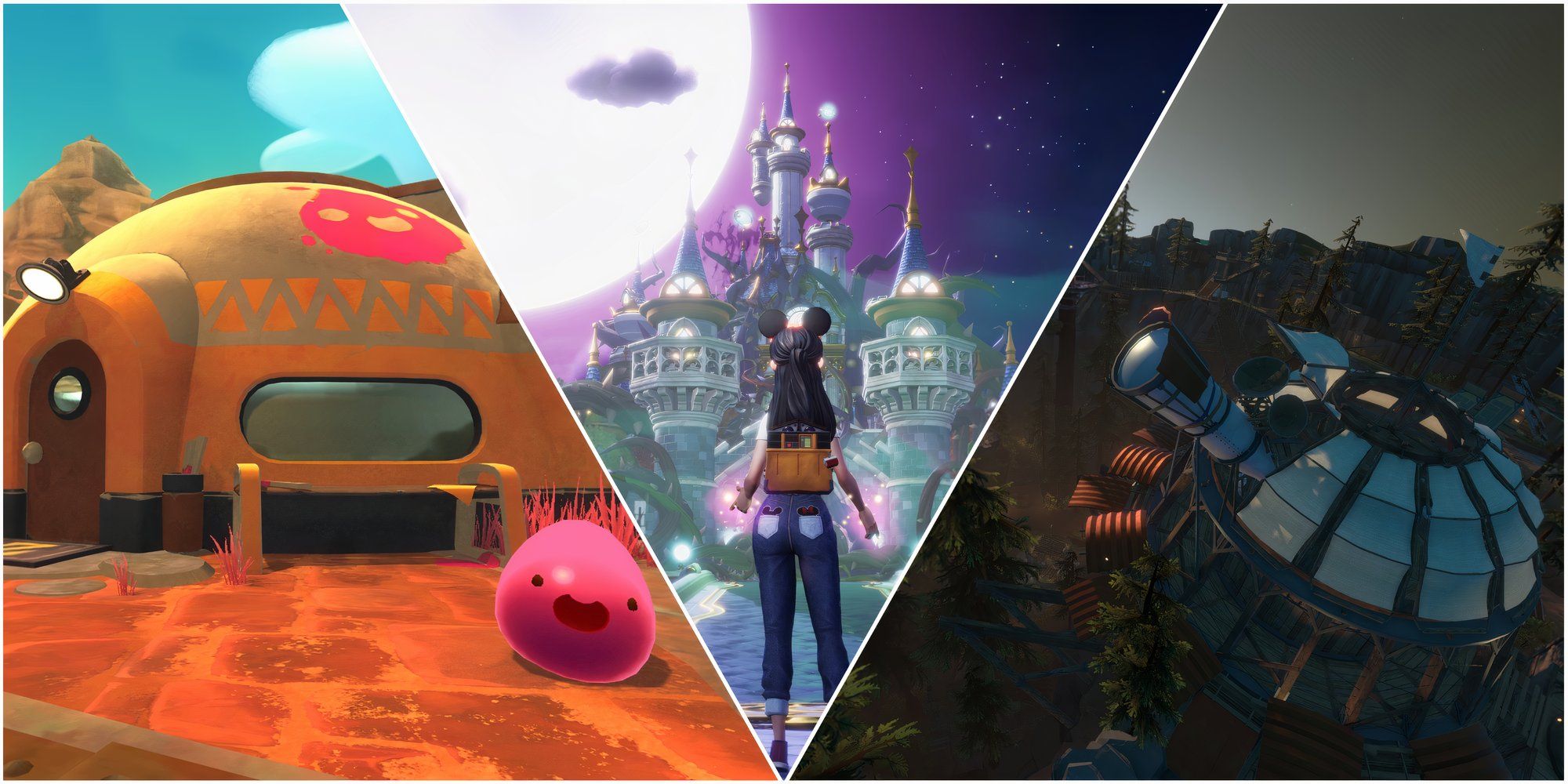
Related
8 Things Every Cozy Game Needs
Prepare to relax with these top features every video game needs to become a cozy experience.
It isn’t long before our young hero is made the new Chief of Spring Village and begins their quest to save the town. The moment Guardians of Azuma truly starts, the first thing players will probably notice is how vibrant the art style is and the way it draws from Japanese culture. From the characters’ attire to the design of the villages to even the various forms of fantasy monsters, the game does a fine job of engrossing you in this familiar-yet-mystical world. It’ll help distract from the bland story, which can mostly be broken down into the typical good guy destined to stop big baddy plotline. At the very least, with each village you visit, you’ll encounter new and unique characters along the way. While the story can be considered Guardians of Azuma’s weak point, its high point stems from its diverse gameplay.
Rebuilding Villages
For the city-builder portion, players are given various tools and sacred treasures for restoring the land, gathering materials and renovating villages. One item players receive is a magical drum that can be used for reviving dead plants. Other useful treasures will be acquired as you progress through the game, but the most important one is the Terra Tiller. This puts the player into Village Builder Mode, and as the name implies, it’s here where you’ll be spending the bulk of the game handling crops, placing buildings and decorations, and overseeing your village’s development. For the farming portion, it’s relatively simple: you set fields, plant seeds, add water, and after time passes, harvest the plants before setting new seeds to start the process over again. As for what you do with your harvested crops, you have loads of options.
Crops can be sent to the Shipping Shed, where they’re automatically sold the next day to generate profit, or you can hold onto your crops and use them in cooking. When exploring the land or accomplishing tasks, you’ll come across recipes to craft food for restoring health, magic or even grant a temporary boost to your stats. Recipes don’t just offer better cooking options, though, as they can also serve as the blueprints for buildings and decorations. To craft these constructions, you’ll need to mine for materials like stone and ore or chop wood for lumber. This is where the drum comes in handy, because besides getting the satisfaction of seeing color return to the dead land, the more trees you revive, the more materials you’ll yield.
While the story can be considered Guardians of Azuma’s weak point, its high point stems from its diverse gameplay.
It’s not enough to have the right materials, though, as you’ll also need to consult with a carpenter shop and have them build your structures and décor — only then can you begin placing them in your village. One nice feature players will appreciate is that the game was courteous enough to provide an option to switch the camera to an overhead view. Plus, besides making the village look prettier, some decorations can have bonus effects, like increasing your crop yield. And if this all seems like a lot to juggle, you won’t have to do it alone. As your settlement grows, you’ll attract new residents who can be assigned tasks such as farming, logging, mining, trading and blacksmithing, who you can use to forge new weapons, armor, accessories and even make upgrades. Your partner, Woolby, helps too by making walking paths or fields for planting crops.
Every villager has certain qualities that make them more suitable for certain duties, so make sure to read their profiles before assigning them a job. As your town grows, the god overseeing it will reward you with new blessings to increase your power and level up the village. Just make sure to watch your expenses, however, because feeding your villagers and building stuff comes out of your pocket. The last thing you want is to run out of gold. Fortunately, there are plenty of options to earn money besides selling crops.
Combating Monsters
If you need a break from renovating villages, you can set off on an adventure fighting a land full of monsters. Your main weapon will be your sword, though you can choose between using short swords, which are faster, or long swords, which dish out more power, but sacrifice speed for damage. You’ll also gain a bow to act as a secondary weapon for long-range attacks. Though there’s no option to block, you can dodge attacks, and if you perform a perfect dodge, time will slow down, allowing you to counterattack. The sacred treasures you gain from the gods of Azuma also serve a use in combat — for example, the drum can be used for healing during combat or help knock back enemies with shockwaves. Using magical items requires Rune Points (RP) to activate, though.
Along with your weapons, you’ll also be able to equip your character with armor for protection. The gear you find on your journey through the wilds, or forge in town at the local blacksmith, comes in three forms: Headgear, Pauldron and Accessory. Each offers a boost to defense, attack, health or stats, and they can all be upgrade just as long as you have the right materials and funds for it. You can also modify your attire, so if you find some gear you like, but find it clashes with your outfit, the Earth Dancer’s appearance can be altered to keep the look without losing the bonus effects. Though you might be disappointed when you discover that your character’s appearance remains unchanged in the story cutscenes, they’re mostly just in-game cosmetics.
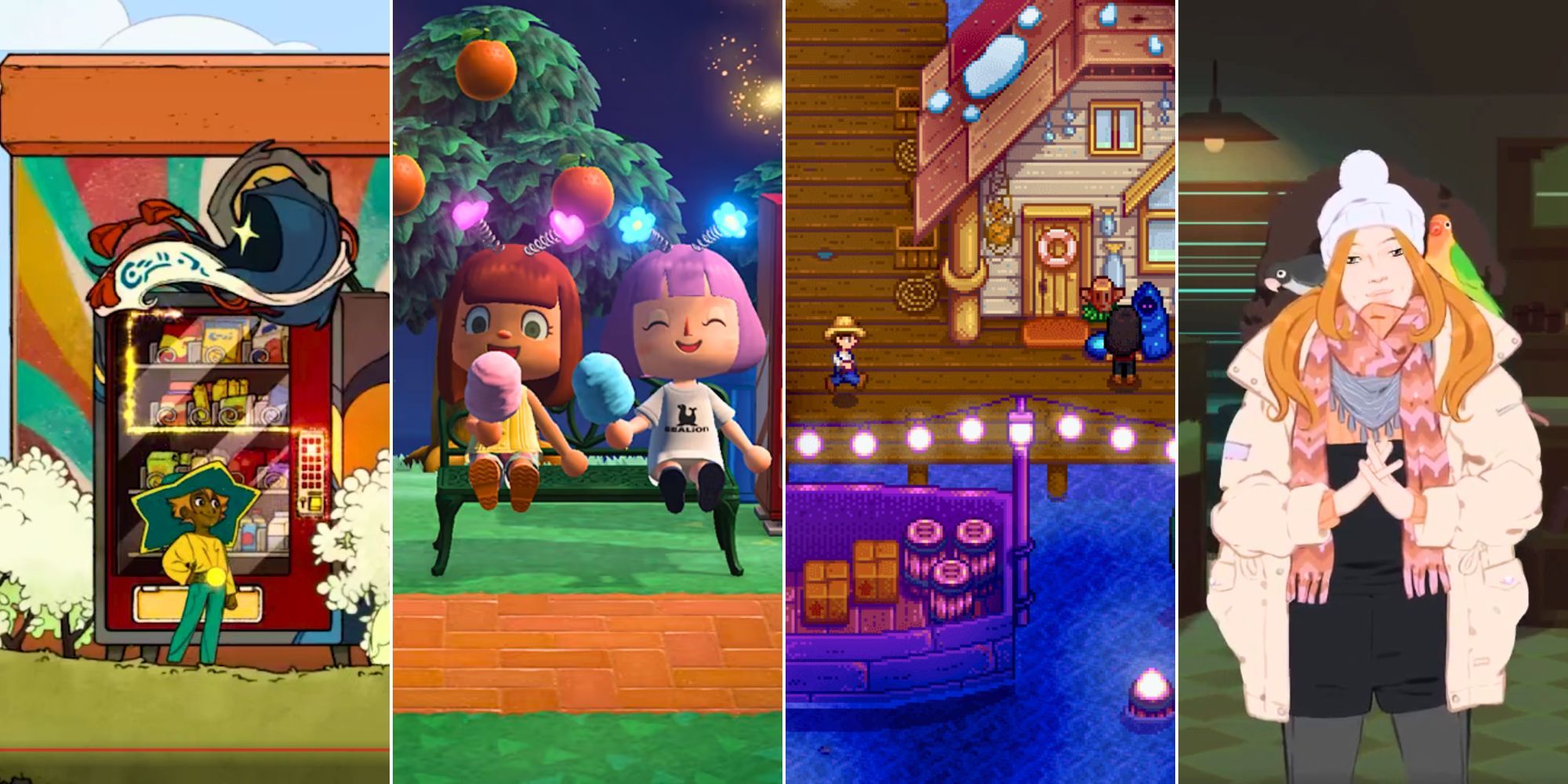
Related
10 Best Cozy Games on Nintendo Switch
Take cozy season on the go when you dive into these games on the Switch!
Remember to keep an eye on the clock hanging above your head. Performing activities will cause time to pass quickly, and when night comes around, you’ll need to return to bed, otherwise, you’ll start to lose HP until you fall unconscious. It may sound annoying, but sleeping serves a bigger purpose than just your character’s health. By ending the day, you not only receive gold from items sold at the Shipping Shed, but you also receive a tally screen for all your activities for the day. Staying up late and fainting will add penalties against your score and the All-Purpose XP you earn. That’s another thing, each skill — from long swords to short swords, to cooking and construction — all have a separate skill tree and their own experience points, whereas All-Purpose XP can be used for any skill you choose.
Though leveling up is important, one of the drawbacks to Guardians of Azuma is just how easy the combat feels. Most fights will be over in under a minute, so long as you’re not too underleveled. The boss battles will probably take longer, but they’re not too difficult either, especially when all you have to do is fill up the boss’s stun gauge. This can be done with normal attacks or by hitting their weakness to stun them faster. Once the gauge is full, the target becomes immobilized and vulnerable to extra damage. And the fights will only get easier as you party up with the many companions you’ll meet.
Forging Bonds
Another returning feature fans of the Rune Factory series will remember is the social-sim experience. When you’re not building up your settlement or creating new gear, you’re forging connections with Guardians of Azuma’s abundance of quirky characters. Some you’ll meet in villages, others you’ll encounter as you progress through the main story. On top of that, the game can also be considered a dating sim as it features over sixteen romanceable characters. Each one comes with a profile as you learn about their likes and dislikes, which will come in handy as you increase your Bond Level with them. As for how you go about doing that, there are multiple options.
Interactions like chatting about topics they enjoy, hanging out in specific locations and giving gifts will increase your bond. This also consumes time, so watch the clock. Characters will have side jobs for you as well in the form of Personal Requests, which can range from defeating specific enemies to acquiring/making certain items. Doing this will not only raise your bond with the character, but it’ll also earn you extra rewards. As your Bond Level with companions grows, you’ll unlock special quests that delve deeper into their backstory, along with what is known as Bond Bonuses. These will vary from presents to boosts to that character’s stats and skills in combat.
Because when they’re not hanging out in your village, your companions can party up and join you on your adventures. Though the party limit can only allow three of them, each character’s abilities and skills will depend on their combat type: Defender, Attacker, Healer, Buffer or Debuffer. Like your character, you can also equip your party members with better weapons and gear to protect themselves. Who you choose to adventure with will ultimately depend on your preference as your companions are mostly there to assist. It’s more fun to mix and match, as sometimes you’ll overhear brief party banter between characters while exploring.
Closing Comments:
Those hoping Rune Factory: Guardians of Azuma was going to be Devil May Cry meets Animal Crossing will sadly be disappointed. Experienced hack-and-slash and dungeon-crawling players will probably want to play at a higher difficulty, but if you love city management sims, you’ll have an enjoyable time building and decorating your villages. Though there are quite a few mechanics players have to learn, they’re easy to remember once the game fully sets you loose and lets you do your own thing. All in all, Guardians of Azuma falls into the category of a cozy video game. It’s not too hard, so players will be able to sit back and have a stress-free experience.
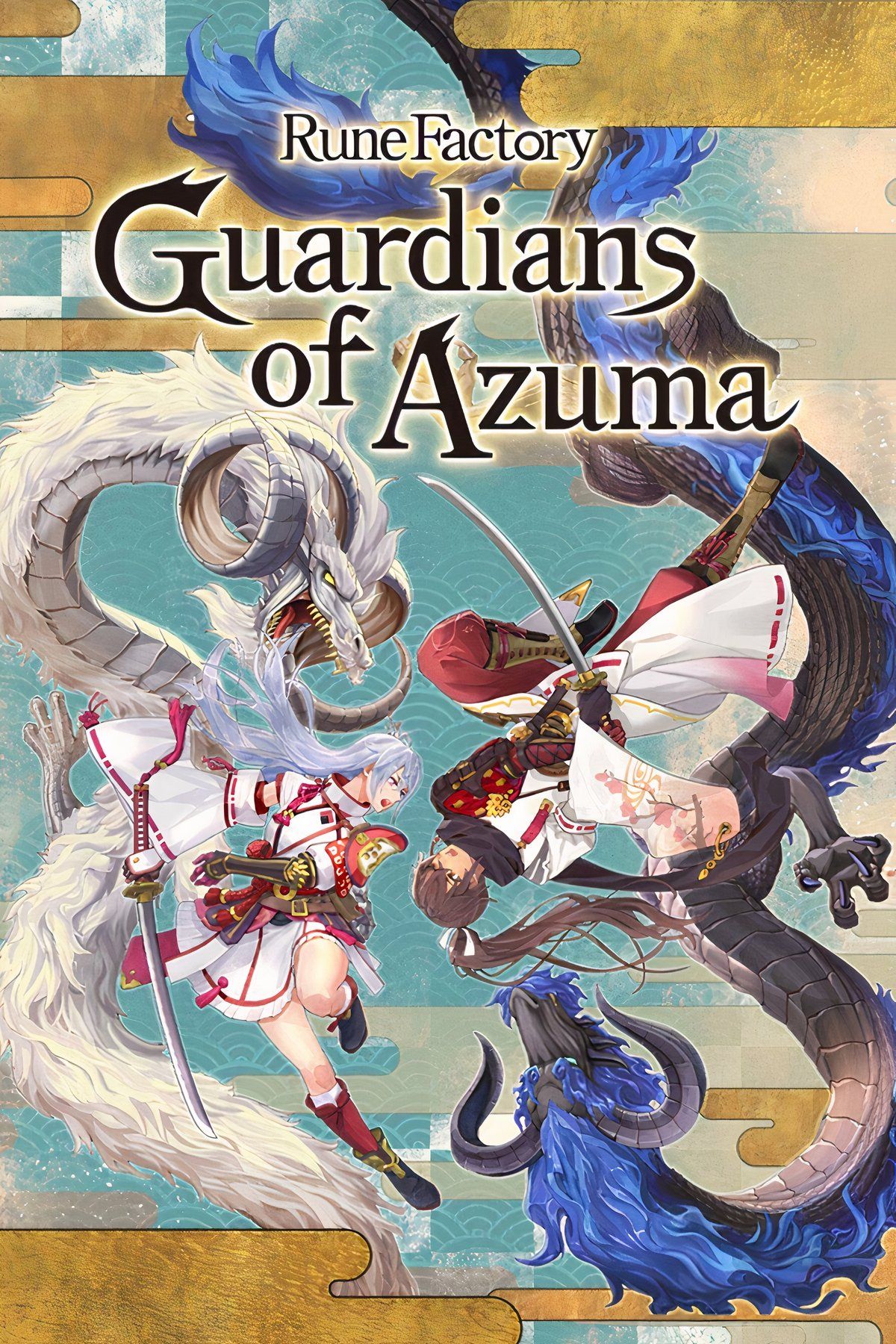
- Vibrant Japanese fantasy setting
- Addictive city/farming builder
- Cozy experience
- Dull story
- Simplistic combat

